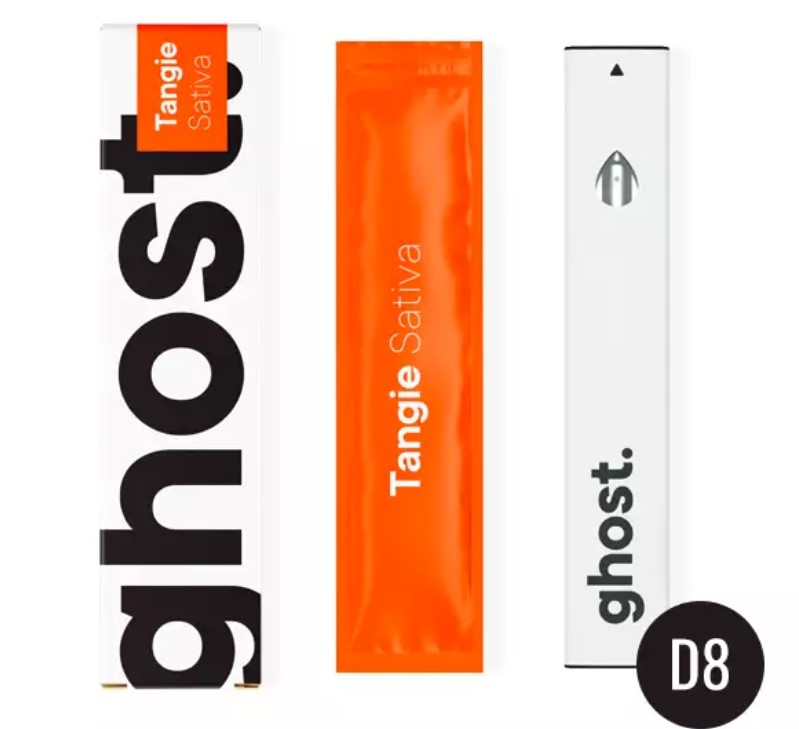In the ever-evolving landscape of the cannabis industry, one phenomenon has captured both intrigue and controversy: ghost disposable carts. These enigmatic products, often associated with clandestine origins and mysterious manufacturing processes, have gained popularity in recent years. Yet, they remain shrouded in uncertainty, leaving consumers and industry experts alike questioning their safety, efficacy, and legality. In this article, we delve into the world of ghost disposable carts, unraveling the myths and realities behind these elusive products.
Understanding Ghost Disposable Carts:
Ghost disposable carts refer to pre-filled vape cartridges containing cannabis extracts, typically sold under obscure or unrecognizable brand names. These products gained prominence in underground markets before infiltrating legal dispensaries and online platforms. What sets ghost carts is their lack of transparency regarding sourcing, extraction methods, and quality control measures. Unlike reputable brands that prioritize product integrity and consumer safety, ghost carts operate in the shadows, often evading regulatory scrutiny.
The Appeal of Ghost Carts:
Despite their questionable reputation, ghost disposable carts continue to attract consumers for several reasons. Firstly, they are often more affordable than products from established brands, making them appealing to budget-conscious buyers. Additionally, ghost carts may offer higher potency levels, providing an intense and immediate cannabis experience. For some users, the allure of anonymity and the thrill of accessing illicit products add to the appeal of ghost carts. However, these perceived benefits come with significant risks.
The Dangers of Ghost Carts:
The lack of oversight in the production of ghost disposable carts poses serious health risks to consumers. Without stringent quality control measures, these products may contain harmful contaminants such as pesticides, heavy metals, and residual solvents. Moreover, the use of inferior or counterfeit hardware in cartridge construction can lead to leakage, overheating, and even explosions, jeopardizing user safety. In recent years, reports of adverse reactions and vaping-related illnesses linked to unregulated cannabis products have raised alarms within the industry and among health authorities.
Navigating the Legal Landscape:
The proliferation of ghost disposable carts underscores the challenges of regulating the cannabis market, particularly in jurisdictions where recreational or medicinal use remains prohibited. Illicit producers exploit legal loopholes and lax enforcement measures to distribute their products, circumventing licensing requirements and taxation obligations. As a result, legitimate businesses face unfair competition, while consumers are exposed to unverified and potentially hazardous products. Regulators must adopt proactive strategies to combat the illicit cannabis trade, including robust enforcement efforts, public education campaigns, and collaboration with law enforcement agencies.
The Importance of Consumer Education:
In the absence of comprehensive regulation, consumer education emerges as a critical tool in mitigating the risks associated with Ghost disposable. Cannabis users must be informed about the potential dangers of unregulated products and empowered to make informed purchasing decisions. Education initiatives should focus on recognizing reputable brands, understanding product labeling, and advocating for regulatory reforms. By promoting transparency and accountability in the cannabis industry, consumers can safeguard their health and well-being while supporting ethical businesses.
The Role of Technology in Verification:
Advancements in technology offer promising solutions to address the challenges posed by counterfeit and unregulated cannabis products. Blockchain-based systems, QR code verification, and product authentication platforms enable consumers to trace the origins of their purchases and verify their authenticity. By leveraging blockchain technology, companies can establish immutable records of product sourcing, manufacturing processes, and distribution channels, fostering trust and transparency in the supply chain. Similarly, QR code verification allows consumers to access detailed product information, including lab test results, potency profiles, and ingredient lists, empowering them to make informed choices.
Building a Sustainable Cannabis Ecosystem:
The transition from haunt to high requires concerted efforts from all stakeholders in the cannabis industry. Legitimate producers, retailers, regulators, and consumers must collaborate to establish a sustainable ecosystem based on integrity, accountability, and innovation. By supporting legal and ethical businesses, advocating for regulatory reforms, and prioritizing consumer safety, we can ensure that the cannabis market evolves responsibly, providing access to safe and high-quality products for all.
Conclusion:
Ghost disposable carts represent a complex and contentious aspect of the cannabis market, blending affordability, potency, and anonymity with significant health and safety risks. As the industry continues to mature, addressing the proliferation of unregulated products requires a multifaceted approach encompassing regulation, enforcement, education, and technological innovation. By demystifying ghost carts and promoting transparency and accountability, we can safeguard consumer health, protect legitimate businesses, and foster a thriving and sustainable cannabis ecosystem.

